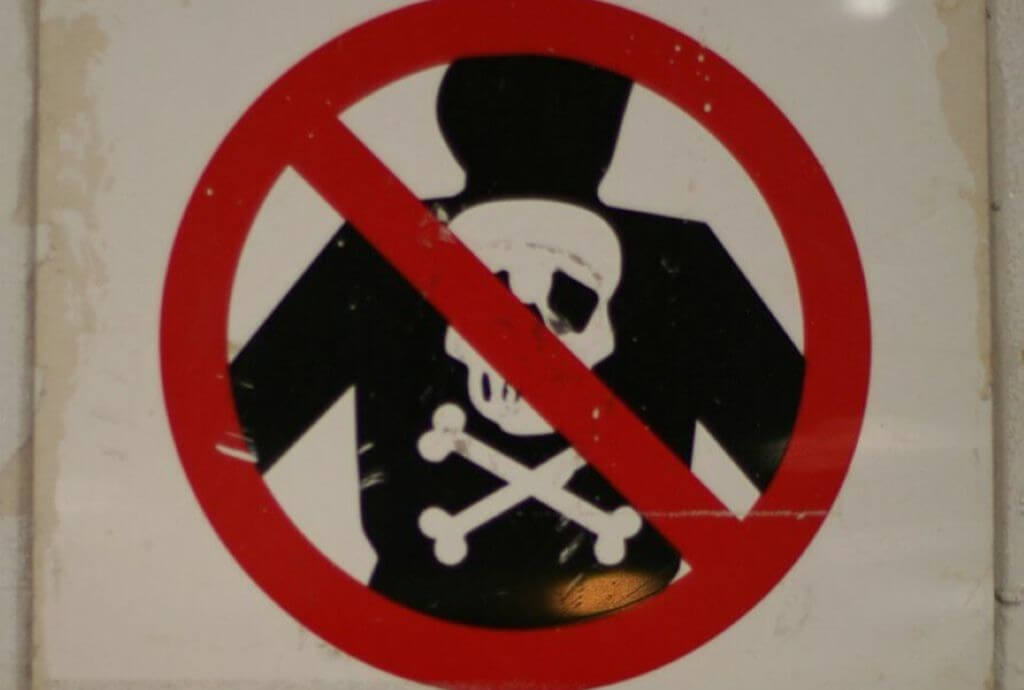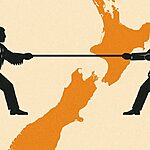Summarised by Centrist
Australia and the United States have drastically reduced allowable limits of polyfluoroalkyl substances (PFAS) (otherwise known as “forever chemicals” ) in drinking water, while New Zealand maintains its higher limits.
These are man-made chemicals that don’t break down and can build up in the environment and our bodies, often causing health risks.
In the US, the Environmental Protection Agency (EPA) has capped PFAS at just 4 parts per trillion (ppt) for some types, citing health risks, including cancer and liver disease. Australia plans to follow suit, but New Zealand remains at 70ppt for PFOS and 560ppt for PFOA, far above international standards.
New Zealand’s water authority, Taumata Arowai, stated it won’t adopt international standards without a “thorough review” of local conditions. Although recent tests showed low PFAS levels in New Zealand’s water, critics argue that regulations covering just two PFAS types fall short, as over 14,000 kinds exist.
The Ministry of Health, which advises Taumata Arowai, hasn’t issued updates based on recent international studies showing PFAS links to serious health issues.
Europe and the World Health Organization have also set lower PFAS limits, and studies indicate New Zealand could benefit from stricter regulations.
However, Taumata Arowai and the Ministry of Health argue that PFAS exposure levels are lower in New Zealand, reducing the urgency to adopt costly new standards.



















